Description
Here’s a quick revision capsule for key concepts in **Electrical Engineering**, covering fundamental topics across various subfields:
—
### 1. **Circuit Theory**
– **Ohm’s Law:** \( V = IR \) (Voltage = Current × Resistance).
– **Kirchhoff’s Laws:**
– **KVL (Kirchhoff’s Voltage Law):** The sum of voltages around any closed loop is zero.
– **KCL (Kirchhoff’s Current Law):** The sum of currents entering a junction equals the sum of currents leaving.
– **Resistors in Series and Parallel:**
– **Series:** \( R_{eq} = R_1 + R_2 + \cdots \)
– **Parallel:** \( \frac{1}{R_{eq}} = \frac{1}{R_1} + \frac{1}{R_2} + \cdots \)
– **Power:** \( P = VI \), \( P = I^2 R \), \( P = \frac{V^2}{R} \)
—
### 2. **AC Circuits**
– **Impedance:** Resistance in AC circuits. \( Z = R + jX \) (where \( j \) is the imaginary unit and \( X \) is reactance).
– **Reactance (X):**
– Inductive \( X_L = \omega L \)
– Capacitive \( X_C = \frac{1}{\omega C} \)
– **Phasors:** Representation of sinusoidal voltages and currents as rotating vectors.
– **Resonance:** Occurs in RLC circuits at \( f_0 = \frac{1}{2\pi\sqrt{LC}} \).
—
### 3. **Electromagnetism**
– **Maxwell’s Equations:** Fundamental equations governing electricity and magnetism.
– **Gauss’s Law:** \( \nabla \cdot \mathbf{E} = \frac{\rho}{\epsilon_0} \)
– **Gauss’s Law for Magnetism:** \( \nabla \cdot \mathbf{B} = 0 \)
– **Faraday’s Law of Induction:** \( \nabla \times \mathbf{E} = -\frac{\partial \mathbf{B}}{\partial t} \)
– **Ampère’s Law (with Maxwell’s correction):** \( \nabla \times \mathbf{B} = \mu_0 \mathbf{J} + \mu_0 \epsilon_0 \frac{\partial \mathbf{E}}{\partial t} \)
– **Magnetic Field Strength:** \( B = \mu H \)
– **Right-Hand Rule:** For magnetic fields around a current-carrying wire.
—
### 4. **Semiconductor Devices**
– **Diode:** A two-terminal device allowing current to flow in only one direction. Key parameters: forward voltage (0.7V for silicon).
– **Transistor (BJT & MOSFET):** Used for switching and amplification.
– **BJT:** Current-controlled device with three layers (Emitter, Base, Collector).
– **MOSFET:** Voltage-controlled device with a gate terminal controlling current flow.
—
### 5. **Control Systems**
– **Transfer Function:** Relationship between input and output of a system in the Laplace domain.
– **Stability:** A system is stable if its poles are in the left half of the s-plane (negative real part).
– **PID Control:** Proportional-Integral-Derivative controller used to control dynamic systems.
– **P:** Reduces error but can cause oscillation.
– **I:** Eliminates steady-state error.
– **D:** Reduces overshoot and oscillation.
—
### 6. **Signals & Systems**
– **Fourier Transform:** Converts a signal from time domain to frequency domain.
– **Laplace Transform:** Converts a signal to the s-domain for easier analysis of linear time-invariant (LTI) systems.
– **Convolution:** Mathematical operation to find the output of a linear system given its impulse response and input.
—
### 7. **Power Systems**
– **Power Factor:** \( \text{PF} = \cos(\phi) \) (Where \( \phi \) is the phase angle between voltage and current).
– **Three-Phase Systems:**
– Voltage and current in three-phase systems are 120° apart.
– **Line-to-Line Voltage:** \( V_{LL} = \sqrt{3} V_{L} \)
– **Line-to-Neutral Voltage:** \( V_{LN} = V_L \)
– **Generation and Transmission:**
– Power generation involves conversion from mechanical to electrical energy.
– High-voltage transmission minimizes energy loss over long distances.
– **Transformers:** Used for voltage level conversion (step-up or step-down).
– \( \frac{V_1}{V_2} = \frac{N_1}{N_2} \)
—
### 8. **Digital Electronics**
– **Boolean Algebra:** Simplification of logic circuits (AND, OR, NOT, NAND, NOR, XOR, XNOR).
– **Flip-Flops:** Basic memory element (SR, JK, D, T).
– **Combinational Circuits:** Circuits without memory (Adders, Multiplexers, Decoders).
– **Sequential Circuits:** Circuits with memory elements (Counter, Register).
—
### 9. **Instrumentation and Measurement**
– **Voltage Measurement:** Use of voltmeters in parallel.
– **Current Measurement:** Use of ammeters in series.
– **Oscilloscope:** Used for visualizing time-varying signals.
– **Signal Generators:** Used for creating various signal waveforms (sine, square, triangular).
—
### 10. **Communication Systems**
– **Amplitude Modulation (AM):** Information is encoded by varying the amplitude of the carrier signal.
– **Frequency Modulation (FM):** Information is encoded by varying the frequency of the carrier signal.
– **Phase Modulation (PM):** Information is encoded by varying the phase of the carrier signal.
– **Bandwidth:** The range of frequencies occupied by a signal.
– **Shannon’s Theorem:** Maximum data rate for a given bandwidth and signal-to-noise ratio.
—
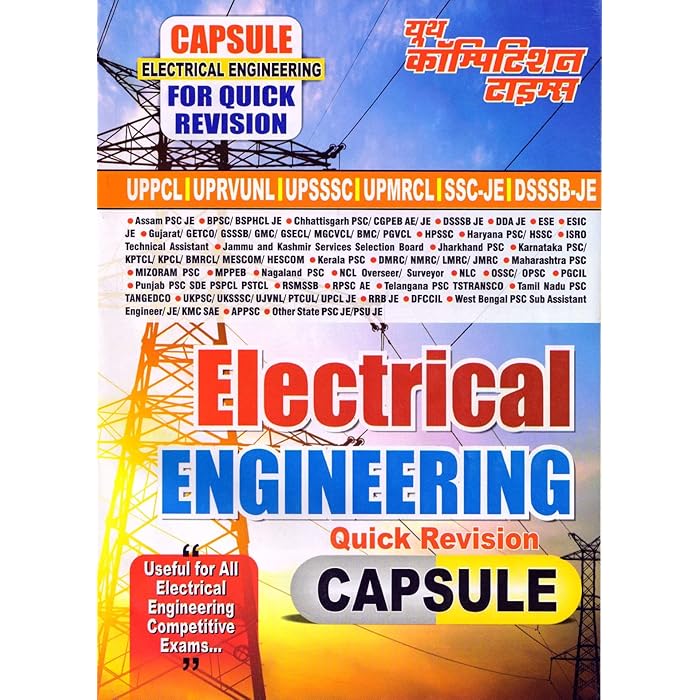
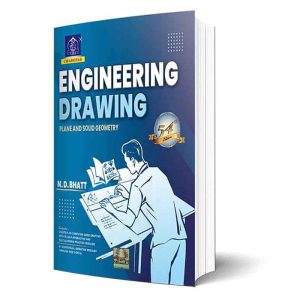



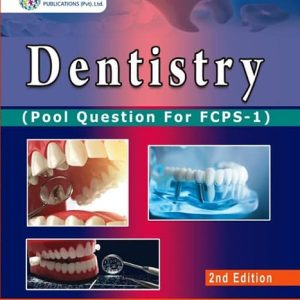

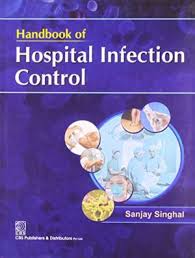
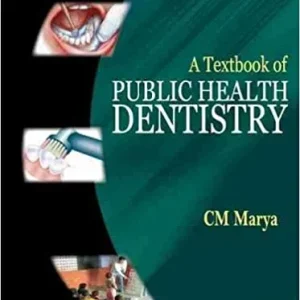





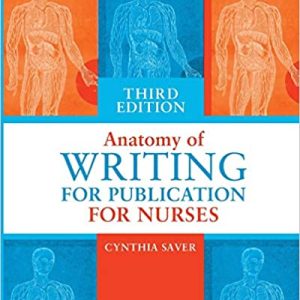


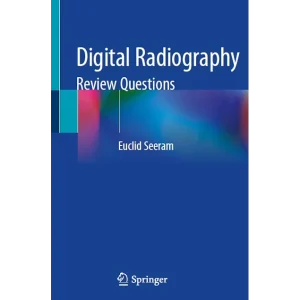
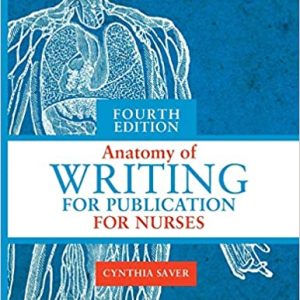
Reviews
There are no reviews yet.